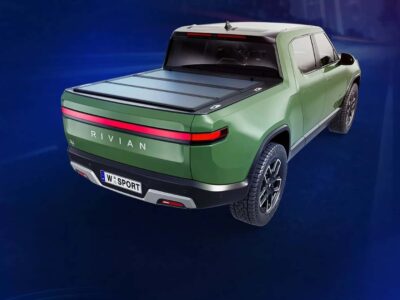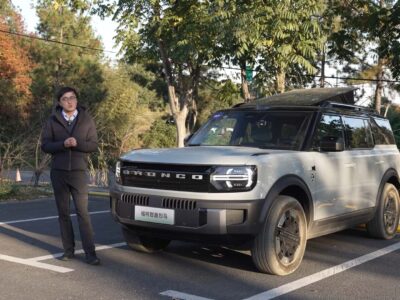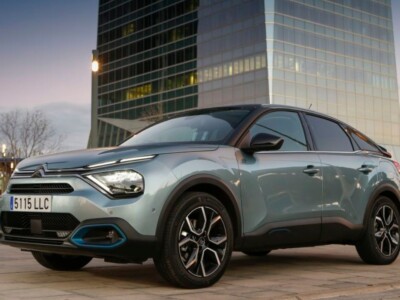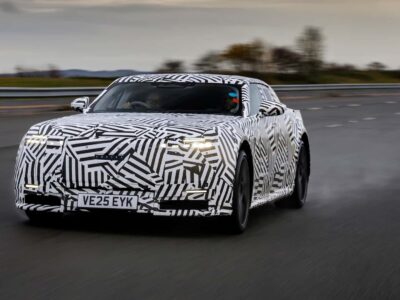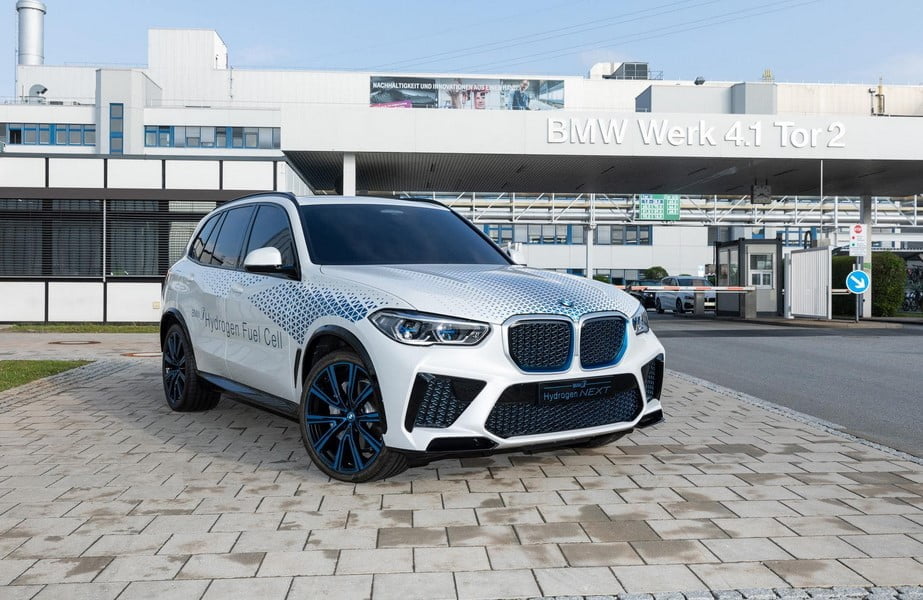
BMW has commenced on-road testing for its i Hydrogen NEXT SUV, a hydrogen fuel cell vehicle set to enter a pilot production phase in 2022. The German automaker aims to start mass production in 2025, contingent on market conditions and infrastructure support.
While BMW has previously tested individual components of the car, such as the hydrogen storage tank, battery pack, and electric motors separately, this marks the first comprehensive evaluation of the complete drivetrain under real-world conditions.
Over the next few months, BMW engineers will drive a fleet of i Hydrogen NEXT prototypes for thousands of miles in real traffic to assess the technology’s efficiency, reliability, and safety, considering the current hydrogen infrastructure’s practicality.
Frank Weber, BMW Board Member for Development, stated, “Hydrogen fuel cell technology can be an attractive option for sustainable drivetrains, especially in larger vehicle classes. That’s why road testing of near-standard vehicles with a hydrogen fuel cell drivetrain is a crucial milestone in our research and development efforts.”
The BMW i Hydrogen NEXT 2022, designed to share the basic structure with the current X5, incorporates distinctive cosmetic alterations to signify its ecological focus. Notable features include a uniquely tinted blue radiator grille, lightweight alloy wheels, and a revised rear diffuser with covered exhaust outlets and blue trims.
The vehicle is powered by a pair of electric motors (one on each axle), boasting a combined output of 369 horsepower. These are the company’s fifth-generation eDrive motors, also featured in the new i4 sedan and the upcoming revamped iX3 SUV.
Rather than drawing electric power from a battery pack like a conventional electric vehicle, the i Hydrogen NEXT generates its electricity through a chemical reaction between stored hydrogen and oxygen from the air, facilitated by a fuel cell. Consequently, the vehicle produces only water as emissions during its on-road operation.
The fuel cell is powered by two 700-bar storage tanks, occupying the same space as the gearbox and driveshaft in the combustion-powered X5. These tanks can collectively hold six kilograms of hydrogen.
BMW asserts that this setup ensures a long range regardless of prevailing weather conditions, unlike traditional battery electric vehicles, which usually experience reduced usable range in colder conditions. Refueling also takes about four minutes, a significant time-saving compared to the average 1.5-hour charging times of current conventional electric vehicles.
Other claimed advantages of a hydrogen electric vehicle over a traditional EV include suitability for towing and no compromise on passenger comfort due to the absence of a heavy lithium-ion battery pack and the stiffer suspension needed to support it.
BMW leveraged Toyota’s expertise in designing the i Hydrogen NEXT using the Japanese brand’s fuel cells, proven in the Mirai, operating similarly to BMW’s new hydrogen-powered vehicle.
The two companies have collaborated on the project since 2013, with a small fleet of BMW 5 Series GT prototypes powered by hydrogen entering development in 2015. They also signed a product development agreement in 2016, aiming to produce scalable modular components and fuel cell propulsion systems for hydrogen-powered vehicles.


